
NATURE
30-04-2021 di redazione

With all the problems caused by the lack of tourism in Kenya over the past year, due to the well-known causes of force majeure, there is some small relief that concerns Nature and the animal world.
In particular, we are talking about the country's coastal beaches, where species of fish and invertebrates that had long been hiding or staying away because of human presence, or suffering the most stupid habits, are finally being seen again.
First of all, starfish.
After the death to which they have been subjected for years now due to the imbecilic fashion of taking selfies with them by pulling them out of the water, with the lack of tourists with little education on the subject and encouraged by beach boys and improvised guides who are even less informed and less attentive, even to their own detriment, hundreds of them have returned to the coral beaches and near the reef, in their colours that vary from bright red to violet and blue.
Alongside this wonder of the warm equatorial and tropical seas, which can die of stress after only a few minutes if it is pulled out of the water, are other species of fish, such as the clown fish, angel fish and emperor fish. Sea turtles happily return to lay their eggs and the beauty of the colourful nudibranchs shines in the Watamu reef.
However, attention must also be paid to the "free exit" of the moray eels and the arrival on the surface of the extremely dangerous stonefish, the most poisonous fish in existence. An anaphylactic shock from its powerful venom can even cause a heart attack.
When Nature takes back the sea, it returns to the wild beauty that only fuel, pollution, sunscreen and other human inventions can destroy.
We should take advantage of this moment to ensure that the repopulation of Kenya by tourists should not once again coincide with the deterioration of the environment. But the conditionality is more important
NATURE
di redazione
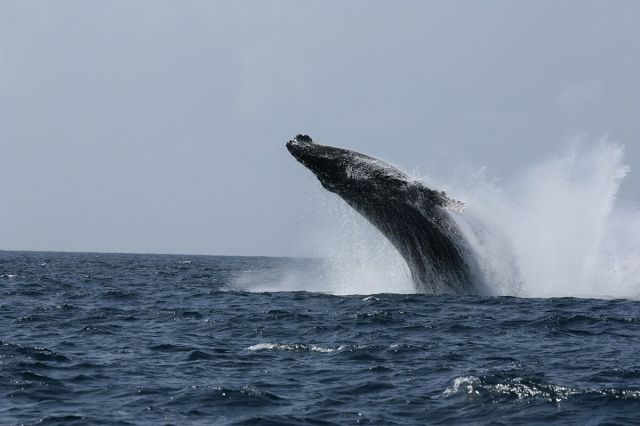
The Indian Ocean also has its "Big 5". It is not only the savannah of Kenya that
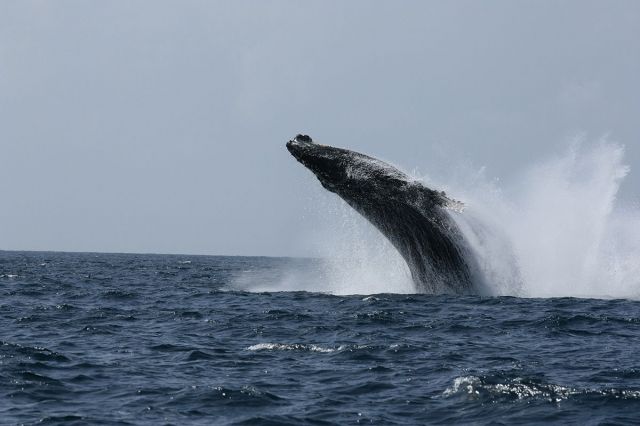
The tourist season has just begun, but those lucky enough to be in Kenya, and specifically in Watamu, these days...
NEWS
di redazione
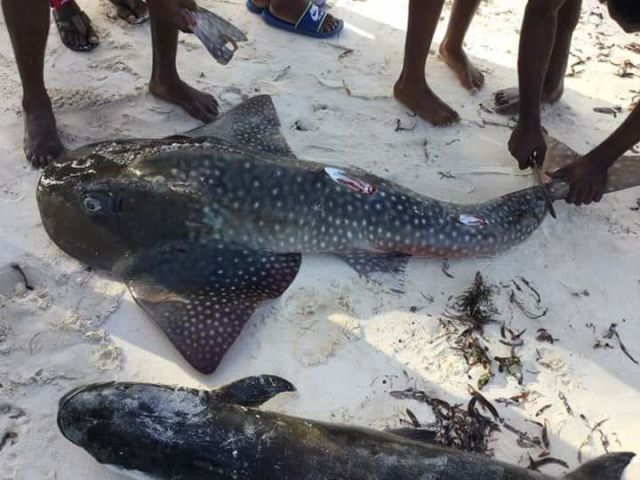
Thanks to the photograph of a marine scientist, Michael Gilbert, on Watamu's beach, it was possible to classify the incredible fish that were finished in the local fishermen network, which are not usual to capture such specimens of the genre.
PLACES
di redazione
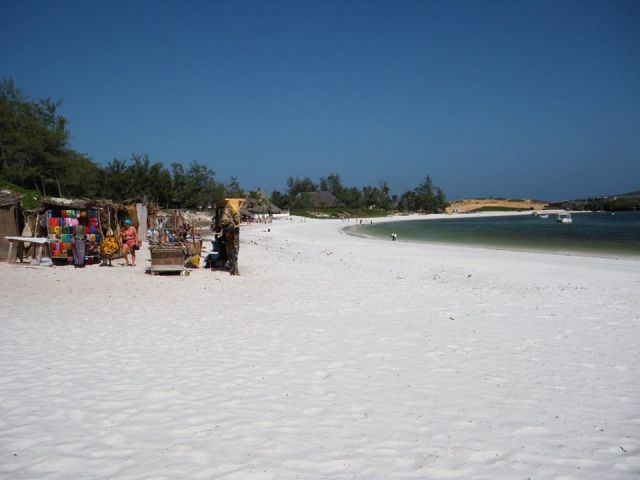
Watamu may seem at first glance to be one of the many villages on the African coast, consisting simply of a small cluster of hotels, a strip of private houses on the beach, a cluttered and poor village shaded by...
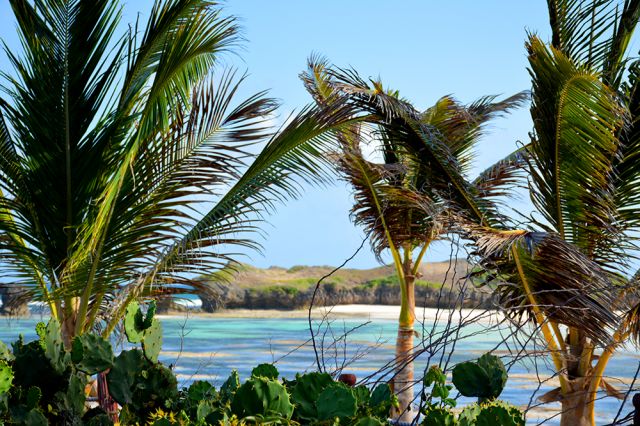
The beauty of nature around Watamu is the first calling card of this wonderful resort in Kenya.
Twenty kilometres before Malindi, arriving from Mombasa and Kilifi, after the...
PLACES
di redazione
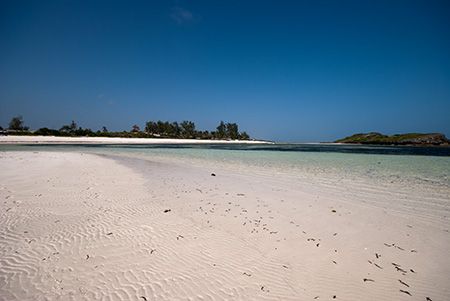
The beauty of nature around Watamu is the first calling card of this wonderful Kenyan resort.
Twenty kilometers before Malindi, arriving from Mombasa and Kilifi, after the villages of Chumani and Matsangoni, you meet...
ENVIRONMENT
di redazione

The beach of Jacaranda Bay, recently chosen by our readers the most beautiful of the Kenyan coast, also seems to be very enjoyable for sea turtles.
In recent days, the Local Ocean Trust volunteers from Watamu Turtles discovered beach turtles...
NATURE
di redazione

It all began in 1997 when a group of local residents from Watamu decided it was time to take action to protect sea turtles in the area and Watamu Turtle Watch was born. Fast forward to today, 21 years later,...
TOURISM
di redazione

Young people have chosen it as a favorite destination for the Kite Surfing.
The wind has changed since a week, the first month in the summer kaskazi blows strong and allows the long strip of ocean protected by coral reefs,...
TOURISM
di redazione

One of the symbols of the Kenyan coast is undoubtedly the dhow, the typical Swahili boat.
Once only sailing, today also with the support of the engine, the dhow from...
TOURISM
di redazione
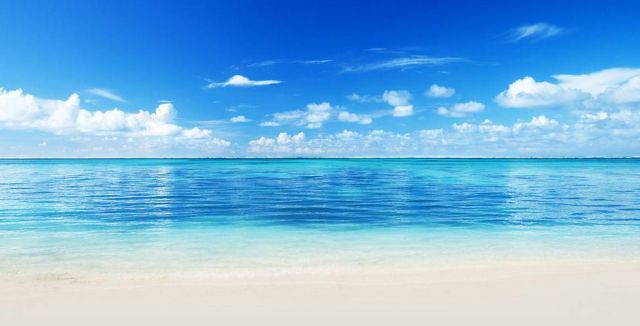
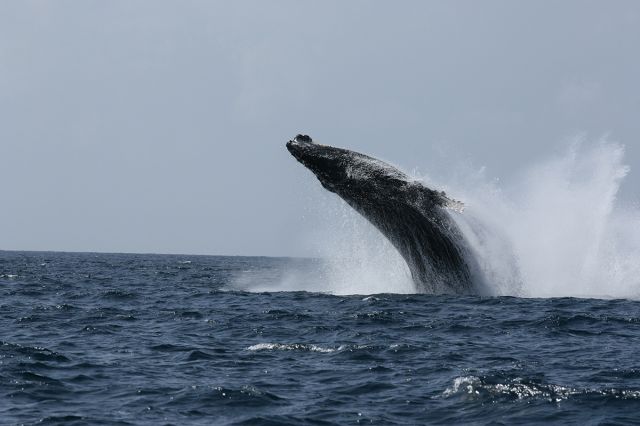
As it happens every year between the months of July and August, in Watamu have been sighted the first whales migrating in this season from Madagascar, through the coasts of Mozambique and Tanzania, towards east.